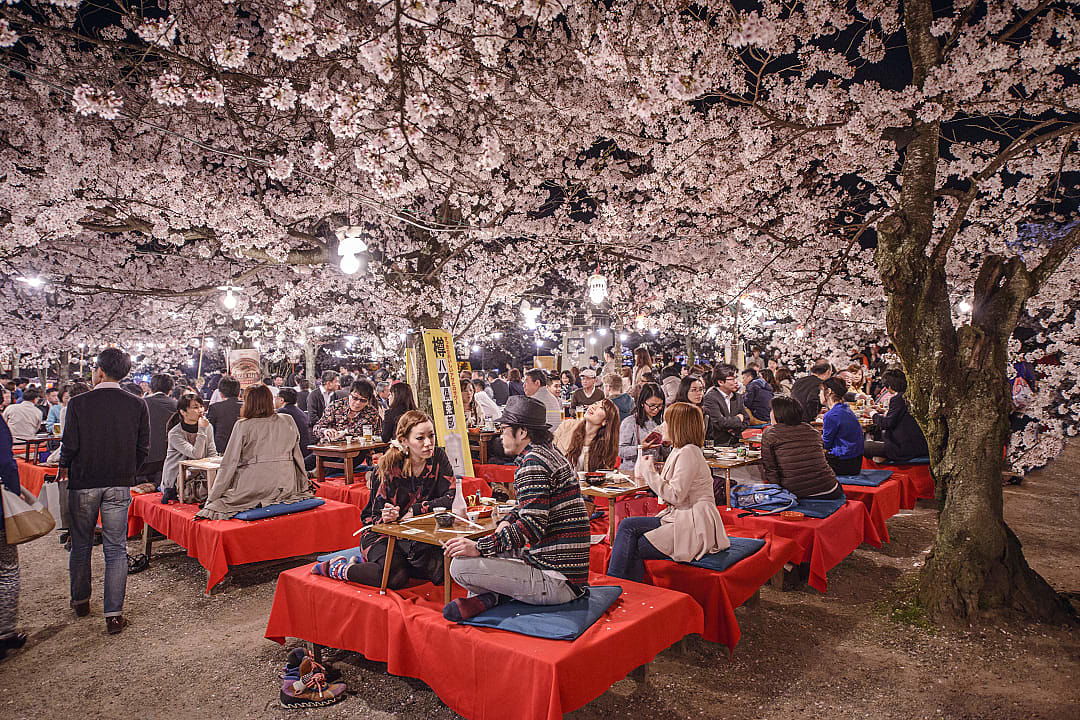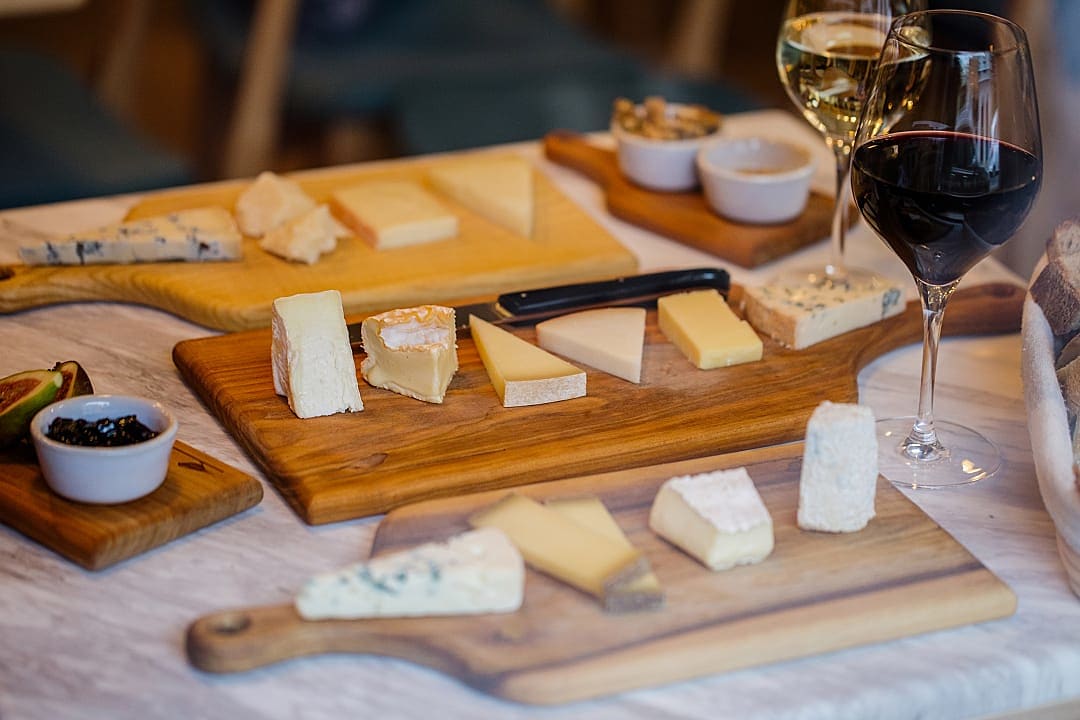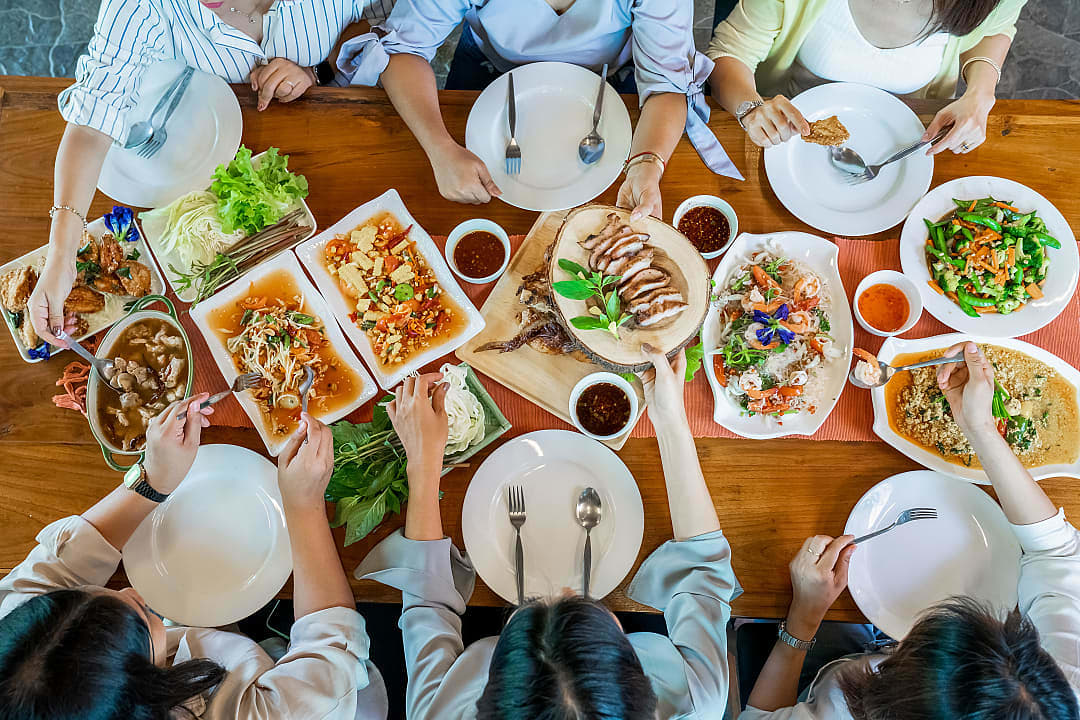Italian dining culture is renowned around the world for its connection to life’s pleasures. Certain rules, such as never ordering a cappuccino after noon or refraining from ordering extra cheese as it can be seen as offensive to the chef, are well known.
The true art of Italian dining etiquette, however, becomes apparent in the leisurely pace of service and the respect Italian chefs and customers give their food. With a focus on accentuating the specific flavors of each item used, minimal ingredients are added to each dish, keeping things simple, yet complex in flavor, perfectly proportioned, and undeniably delicious.
When dining in Italy, it is customary to place the most important person in the party in the middle of the table. When your cutlery is down, your hands should be visible at all times, your wrists resting on the edge of the table. We all love it when bread is placed on the table, but do not be surprised if you are not offered butter as olive oil is usually provided for dipping. Using your fork to twist your food into your mouth is not only reserved for eating pasta, but also for folding your lettuce and taking a bite, never cutting it with a knife.
Learn more: Italy Food Tours & Vacation Packages • Italy Food & Wine Travel Guide
















